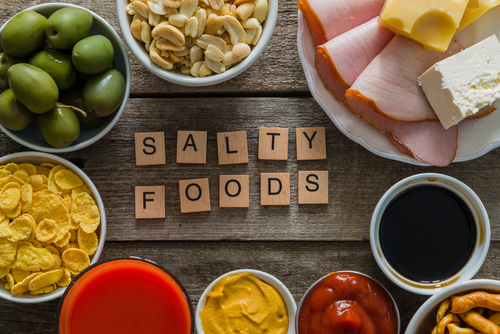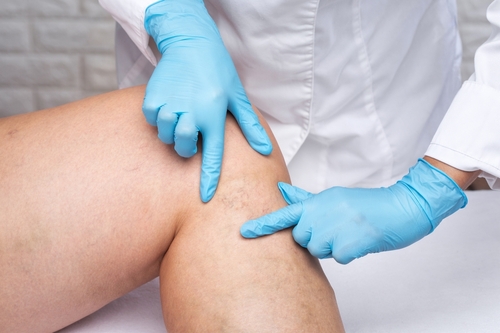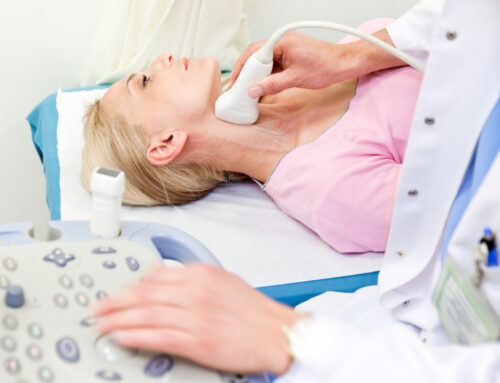Have you ever gone to a doctor’s appointment and had an inflatable cuff wrapped around your arm? That was probably a blood pressure monitor. Blood pressure(BP) is an important health metric, which is why it’s measured pretty often. Whether it’s at your primary care provider’s office or at a health screening at Walmart, you’ve probably had your BP taken at some point.
There’s a good reason for this. Your blood pressure can give you warning of hidden medical conditions and other health risks. Make sure to get your annual check-ups so that your primary care provider can assess your health and address concerns as early on as possible.
What Is High Blood Pressure?
Generally speaking, the term blood pressure refers to the pressure that blood puts on the walls of your arteries as it circulates. High blood pressure (otherwise known as hypertension) is when this pressure is too high. For reference, the CDC (Centers for Disease Control and Prevention) states that “a normal blood pressure level is less than 120/80 mmHg”.
Do keep in mind, however, that your blood pressure reading can fluctuate throughout the day based on what you’re doing. Stress or anxiety, caffeine, and exercise are some common reasons for a temporary spike in blood pressure. If your blood pressure stays elevated for long periods of time after exercise, though, make sure to talk to your doctor about it.
What Does High Blood Pressure Feel Like?
A lot of the time, high blood pressure doesn’t really have any noticeable symptoms. This is one of the more dangerous things about hypertension since it allows for the condition to fly under the radar for long periods of time.
What Is The Main Cause Of High Blood Pressure?
There is usually no single cause of high blood pressure. Instead, it’s more of a collection of possible risk factors.
Here are some of the most commonly seen risk factors for high blood pressure:
- Lack of physical activity.
- Genetics/Family History
- Age (increased age is associated with a higher risk of hypertension).
- Tobacco Use
- Consuming too much alcohol.
- A diet high in sodium.
- Obesity
Many of these factors are beyond our control (for example, genetics and age). A few, however, can definitely be managed. Try to get some exercise at least a few times a week. Low-impact activities such as swimming, bicycling, or yoga are all great options. Even hitting that 10,000 steps a day can be a great place to start. Ask your doctor for some recommendations; they’ll be more than happy to help.
Another great way to tackle high blood pressure head-on is by making sure that you come in for your annual check-ups. This gives you a great chance to talk to your doctor about any possible family history of high blood pressure. Additionally, it also ensures that you get your blood pressure checked at least once a year. This way, there’ll be fewer surprises about your health.
Varicose Veins
Did you know that varicose veins and high blood pressure may be related? Your heart, arteries, and veins all work together as parts of your cardiovascular system. This means that they all affect each other and rely on similar health factors. Many people that have varicose veins also have high blood pressure. Part of this may be due to the fact that both conditions share similar risk factors. Excess weight, old age, and a sedentary lifestyle, for example, can put someone at risk of both varicose veins and hypertension.
Unlike high blood pressure, however, varicose veins typically don’t have too much of a direct impact on your physical health. They can be considered a nuisance from an aesthetic perspective, though. Fortunately, there are plenty of great, minimally invasive options to get rid of varicose veins these days. Here at VeinSolutions™, we offer sclerotherapy, venous ablation, microphlebectomy, and more.
Blood Pressure In The Veins
Another important tithing to know is that there is also something called venous hypertension. This is when your veins have high blood pressure. Keep in mind this isn’t the same thing as what’s commonly referred to as HBP (High Blood Pressure).
High Blood Pressure Foods To Avoid

Generally speaking, eating a healthy diet is very important to keeping your blood pressure at healthy levels. This means eating plenty of fruits, veggies, fish, and unsaturated fats.
Two of the major things you do want to avoid are salt and saturated fats. This may include foods such as chips, deli meats, pizza, table salt, and the like. Instead, opt for lean proteins and low-fat foods.
Of course, no list of no-no foods would be complete without alcohol. Frequently listed as a risk factor for high blood pressure, alcohol intake should be kept minimal. So as difficult as it may be, try not to cave into peer pressure when going out for the night. Instead, opt for low-alcohol drinks, juices, or just water.
Saturated fats and sodium aside, however, there is one other factor to keep in mind — calories. As we mentioned before, obesity has long been known as a risk factor for high blood pressure (and varicose veins, for that matter). So if your doctor has previously warned you about your weight, try to keep that in mind as you eat. Try to substitute sugars and processed carbs for fruit or other low-calorie snacks.
Last Notes
We hope that this article was able to offer you some helpful tidbits about blood pressure and overall health. Last but not least, we do want to go over just a few more terms that you may encounter as you learn more about your health and blood pressure.
Systolic Pressure
When reading your blood pressure, you’ll notice that there are typically two numbers. For example, a BP measurement may read something like this: 120/80 mmHg. That top number (in this case, 120) is the systolic pressure. This number represents the pressure in your arteries during heartbeats.
Diastolic Pressure
The diastolic pressure is the number on the bottom of a BP reading. In the example we used above, that number would be 80. This represents the pressure in your arteries in between heartbeats (when your heart is resting).
Heart Attack
Aside from being an indication of other possible health concerns, high blood pressure is dangerous in and of itself. For example, constantly high blood pressure can actually cause damage to your arteries over time. This, in turn, can keep contributing to the creation of a blockage in the artery. As the flow of oxygen stops, the heart muscle is damaged, causing a heart attack.
Needless to say, heart attacks are extremely dangerous. That’s why it’s important to lower your risk of developing high blood pressure as much as possible.
Stroke
Similarly to heart attacks, strokes occur due to a stop in blood flow as well. Unlike a heart attack, however, a stroke occurs when oxygen is cut off from the brain. Unfortunately, both organs can’t survive without oxygen for very long. A stroke can cause permanent damage to the brain.
Flint Vein Solutions

Are you ready to begin your journey to healthier-looking veins? If so, book your FREE vein screening today. No matter what your concerns may be, our vein specialists will be happy to hear you out. We know that walking into a clinic can be a little daunting, so we work hard to make each and every patient feel as comfortable as they can possibly be.
Not only is our care compassionate, but it’s also at the top of its field. Here at VeinSolutions™, we offer a variety of effective, minimally invasive treatments to address common conditions such as varicose and spider veins. Our clinic performs sclerotherapy, venous ablation, microphlebectomy, venous ultrasounds, and much more.
Still have questions? Don’t hesitate to reach out and ask! Our office can be reached at 810-232-3363. In the meantime, though, feel free to explore the rest of our website, and don’t forget to check out our patient resources. We have a great collection of articles and videos that explain common venous conditions and what to do about them.
Request A Consultation
Give Us A Call:
(810) 232-3363
Give Us A Call:
(810) 232-3363



